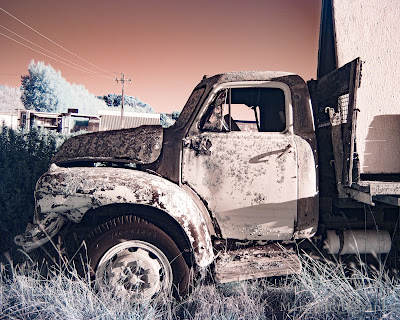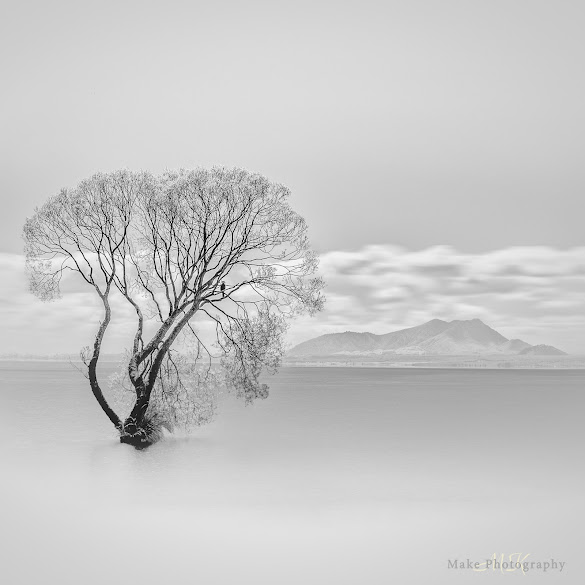Welcome to the Blog
There are somethings which people have difficulty understanding. Things that go against the social norms that seemed ingrained in our cultural fabric. I am not talking about the big things like hate speech, or shaming. I mean those personal likes and dislikes. Those choices which most people assume "everybody" likes. A great example is that my mum doesn't like chocolate. Another example is one of my daughters doesn't like cheese. I myself don't like coffee. I mean, how can you not like coffee! I have heard that one many times. These are the choices which in some ways make us us.
Why do we like that but not like this. Was it built into our DNA, or was it the result of a bad experience? Does it really matter? Will it change one day, who knows? Matters of loves and likes, of pet peeves and obsessions, who knows where they begin. Whatever their origin, there is no getting around it we like what we like.
Recently I found another one of those social norms, at least among those few people which photograph in infrared. The choice to convert a camera to just capture infrared light. If you have a spare camera and do the conversion, it costs about $500-600, and the conversion is done overseas so a little more needs to be added on for shipping. Once converted the camera in many ways will act like every other camera, the only difference being rather than capturing normal light, you will be capturing the reflected infrared light.
Like many I wanted to dip my toe in the water, experiment a little. I wanted to see if this was something I was ready to spend the money on. Before doing the conversion, there is another option. That is to use a screw on infrared filter to block the 'normal' light. If the Infrared blocking filter in your camera allows enough infrared light through to make 10 to 30 second exposures, then with a tripod you can have some fun.
The idea of capturing images in infrared has intrigued me for a while. Particularly the black and white images captured by some of the greats. At first a dabble here and a dabble there, but it wasn't an enjoyable process. But in early 2021, after meeting another infrared photographer, and some new ideas, I decided to put both feet in, pull out that old Hoya 720 nm filter and give it a go. This time I aimed to do it for the whole four day trip. But there was one problem, the Hoya had a 58mm thread, did I even have a lens that would fit it. After rummaging through those items we keep, you know the ones, the gear at the back of the closet in a box, the stuff we have given up on. I found a canon 18-55 mm kit, yes it feels like plastic, lens. So I had an unconverted camera, a cheap and cheerful lens, an idea and a hope something might work. I was prepared to fail, to give up like I had before. Many unconverted cameras block so much light that the exposures need to be 5 minutes or longer, at high ISO to even make an image, some cameras block all infrared light.
 |
| Seen Better Days - Canon 6d, 17-40 mm L lens (30 sec, f5,6 ISO 400) |
I have since learnt that the way the Canon 80 D handles infrared is not typical. It appears that the quality of the infrared blocking filter to block IR light is a sliding scale. To take normal light pictures the infrared blocking filter needs to be good. But nothing is one hundred percent perfect. Where the infrared blocking filter begins to block infrared light and how steep that curve is is a matter of cost and design. The second sliding scale I found is the quality of the sensor and the Live View capabilities. Canon's cheaper cameras tend to have difficulty with the quality of the live view image when looking through an infrared filter. Canons more expensive cameras have problems with the infrared blocking filter blocking more of the infrared light. The 80D (and the 90D) seems to fall in that Goldilocks zone.
In that four day holiday at the beginning of 2021 I discovered two things. I loved the way that the infrared images looked, in fact it simplified the way I created some images. The second was I liked the way that this combination of camera and filter enabled me to capture long exposure images whenever I wanted to. Normally if I wanted to do long exposure images in the midday sun I would need a 15 stop filter, and they are not cheap. I was hooked.
But now you are thinking this blog is called the Unconvert6D, not Unconvert80D? Recently I had the fortune to buy a Canon 6D. The full frame nature of this camera I hope will allow me to create images with more depth. But being a more expensive camera, how would it handle infrared light? The Canon 5D mk IV I tried did not do that well. But after a few weeks I can now say I am pretty happy with the results and the step up in quality. The blocking filter is a little better, a slight negative, but then so is its sensor which is a positive to balance that out.
This blog is going to be about my journey into the world of infrared, with a tripod in one hand and my unconverted 6D in the other. I hope you enjoy the journey and if you too shoot infrared I would love to see your approach.


Comments
Post a Comment